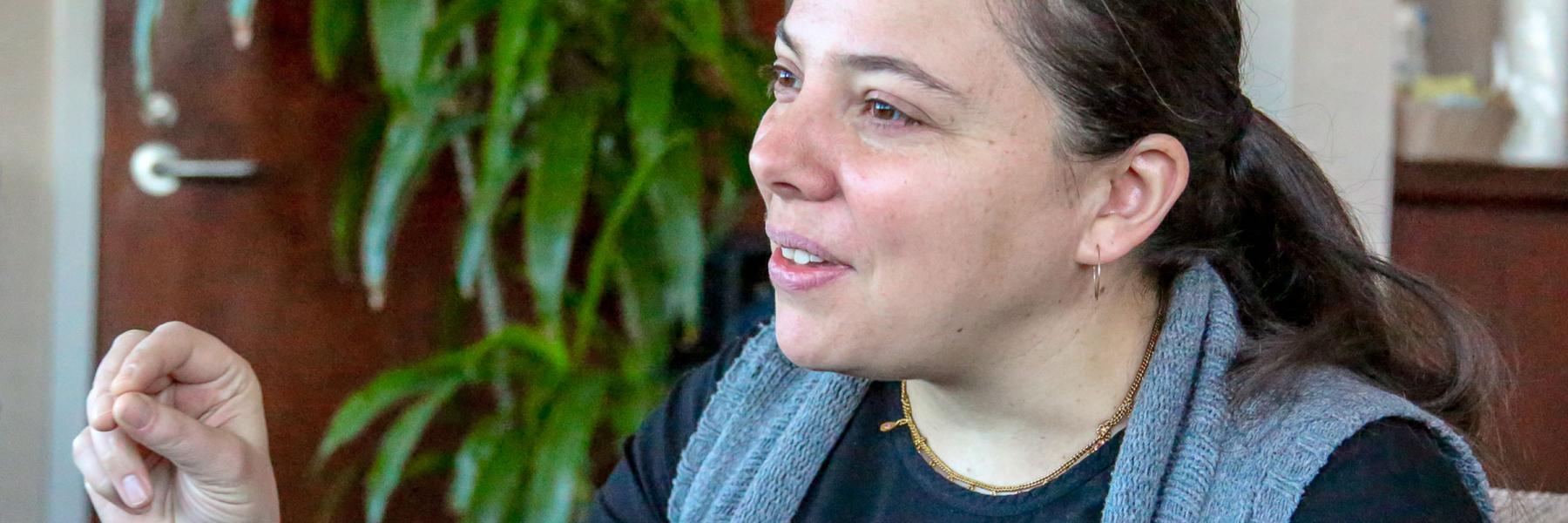
Rachel Rutishauser’s initial research interest was the brain, but a summer internship at the Partners AIDS Research Center in Massachusetts opened her eyes to many important unanswered questions in HIV pathogenesis (how the virus causes disease) and immunology. Visits to a local community clinic in Cambridge solidified her feeling of connection to the HIV field, and spurred her to pursue a joint interest in HIV research and medical care. “I felt so pulled to that place,” she says.
The grounding for the T cell immunology studies Rutishauser plans to conduct for the SCOPE remission trial comes from a PhD she obtained under the guidance of Susan Kaech, a doyenne of the field. The Kaech laboratory is renowned for its detailed dissection of immunological mechanisms that contribute to control of chronic viral infections in mouse models. Evidence from the lab’s work suggests that HIV-specific CD8 T cells capable of rapidly proliferating and killing infected cells can play an important role in suppressing viral replication. Analyses of HIV-specific CD8 T cell responses in elite controllers have tended to echo these results.
For the trial, Rutishauser explains: “I think in terms of the CD8 T cells that I focus on, we want to elicit a robust memory response. So if we were to do a treatment interruption, you would have a pool of cells that would have this potential to produce lots of daughter cells and give you this big effector [infected cell-killing] response that you want.”
The interventions she is eyeing to induce this response include a DNA “conserved elements” HIV vaccine; it’s designed to direct T cells toward parts of the virus that are less likely to mutate and escape immune recognition. HIV is renowned for being highly mutable, but some of its genetic code must remain fixed in place, or conserved, in order for it to replicate. Immunizations with the DNA vaccine will be followed by a MVA booster to further expand and diversify the HIV-specific T cell response. Several recently published experiments also indicate that broadly neutralizing antibodies (bNAbs) may also enhance HIV-specific CD8 T cells.
Like Pillai, Rutishauser is optimistic about what the trial may teach us—even though we don’t know exactly what type of immune response may predict success. “I think we can come close to understanding whether a robust immune response has been elicited,” says Rutishauser, “and now we can do that so much better than we could even five years ago given the immunologic tools that we have.” She’s busy testing a new flow cytometry tool called mass cytometry that can analyze a dizzying array of forty different possible T cell functions simultaneously.
She’s also hoping to apply insights from elite controllers: “All the knowledge that we’re getting about what constitutes a good T cell in natural controllers can inform that really well, in terms of being able to say, ‘Are these CD8 T cells similar to that or not?’” she explains. Right now, she stresses, much more needs to be learned about what’s happening with T cell responses in tissues, and how the desired immune responses might be directed to where they’re most needed.


